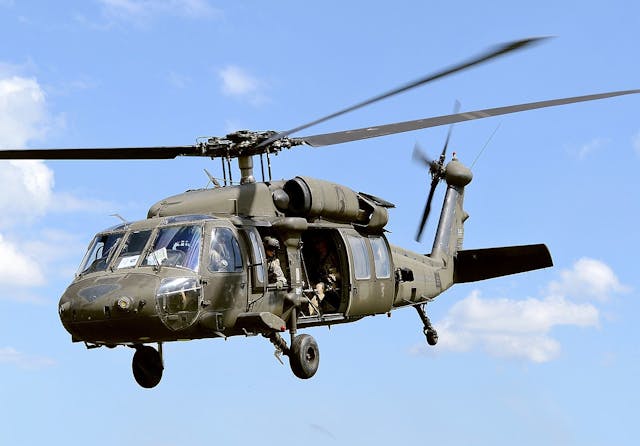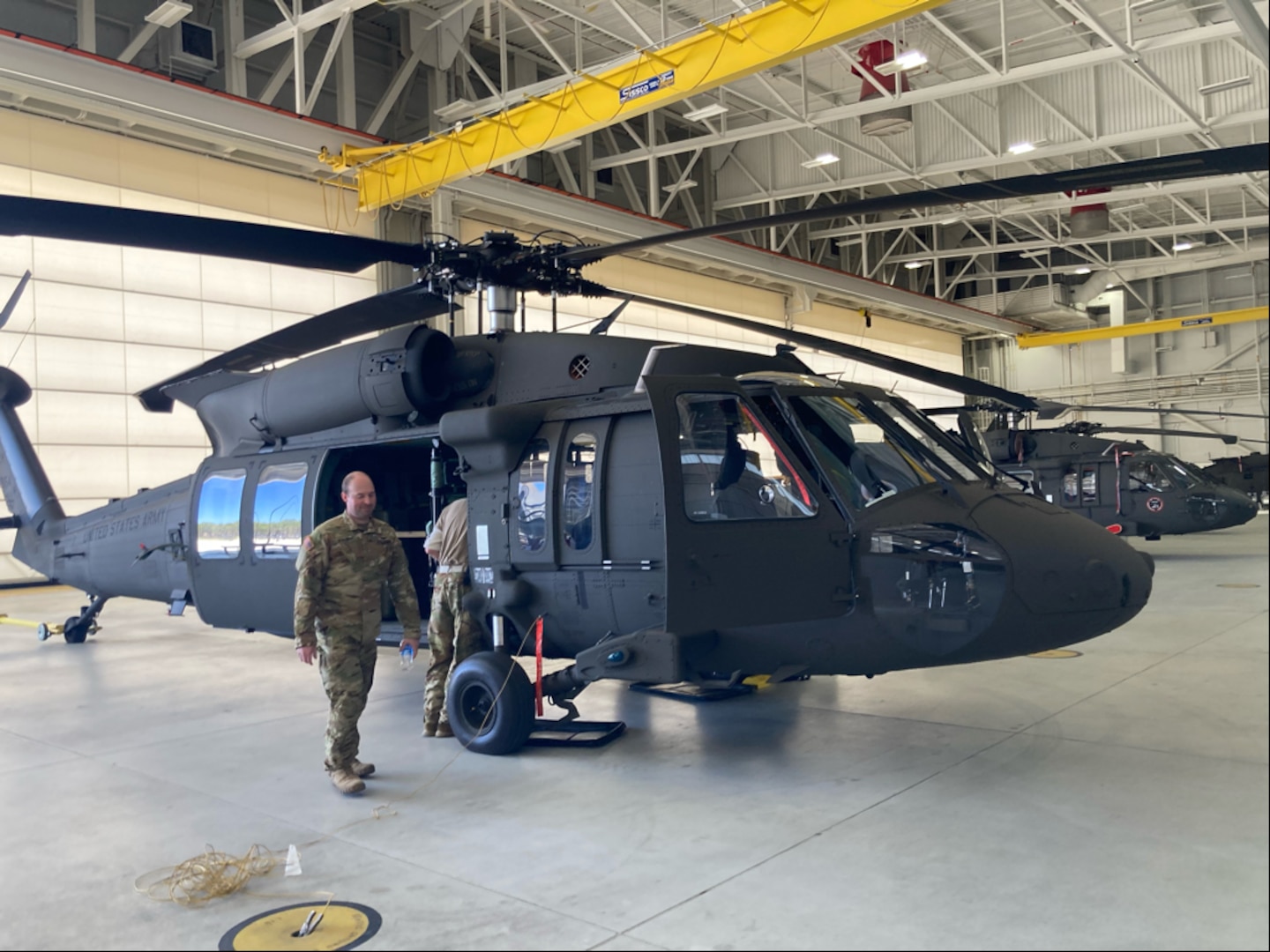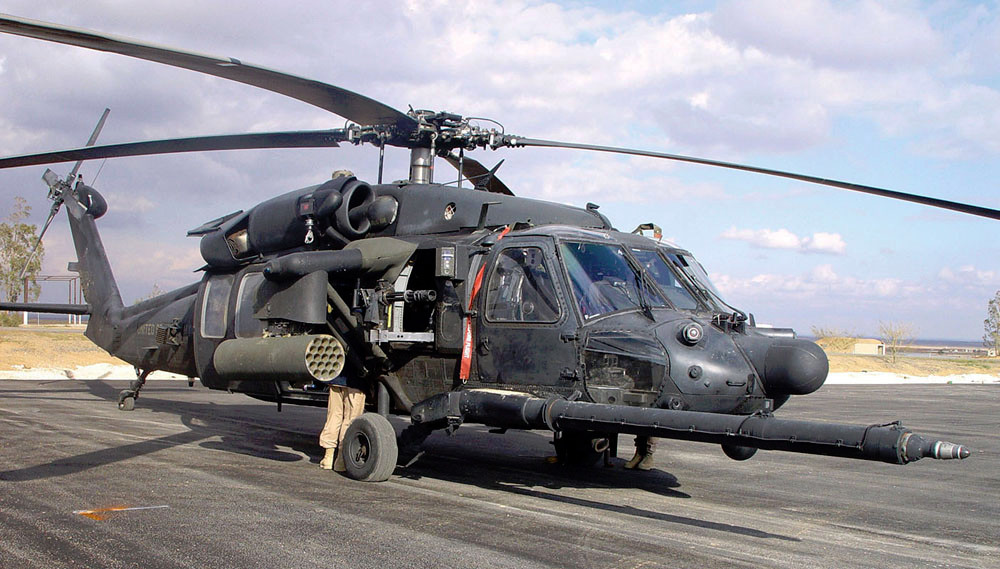How the Blackhawk Helicopter Ended Up Being a Symbol of Armed Forces Strength and Versatility
How the Blackhawk Helicopter Ended Up Being a Symbol of Armed Forces Strength and Versatility
Blog Article
Unveiling the Power and Adaptability of the Blackhawk Helicopter
The Blackhawk helicopter stands as a testimony to design quality and military technology, significantly forming the landscape of modern airborne operations. As we discover its history and operational capabilities, one should take into consideration just how the Blackhawk continues to affect contemporary battle approaches and humanitarian efforts alike.
History of the Blackhawk
The history of the Blackhawk helicopter is marked by substantial technical developments and a strategic development in army air travel. Created in the late 1960s by Sikorsky Aircraft, the UH-60 Blackhawk was originally developed to replace the older UH-1 Iroquois, commonly called the "Huey." The Blackhawk's first trip occurred in 1974, and it was officially presented to the U.S. Army in 1979.


This aircraft was designed to meet the requiring requirements of contemporary warfare, concentrating on toughness, rate, and adaptability (Blackhawk Helicopter). Its capacity to run in various environments, coupled with advanced avionics and layout attributes, rapidly developed the Blackhawk as a crucial possession for armed forces procedures worldwide
Throughout the 1980s and 1990s, the Blackhawk saw substantial use in various problems, including the Gulf Battle and humanitarian objectives. The helicopter's versatility allowed it to offer several functions, from troop transportation to medevac and logistical assistance. As technology progressed, so did the Blackhawk, bring about numerous versions that dealt with certain mission requirements. Today, the Blackhawk continues to be a legendary sign of military aeronautics, constantly refined to meet contemporary obstacles.
Trick Attributes and Specs
Blackhawk helicopters are renowned for their engineering quality and operational flexibility, boasting a series of crucial features and specifications that boost their effectiveness in various military roles. One of the most substantial attributes is their dual-engine setup, normally powered by the T700-GE-701C engines, which give extraordinary dependability and efficiency. The helicopter has an optimum cruise ship rate of around 150 knots and a service ceiling of roughly 20,000 feet, enabling it to run effectively in diverse atmospheres.
The Blackhawk's airframe is built from innovative composite products and light weight aluminum alloys, ensuring a robust structure while reducing weight. It features a totally expressed blades system that offers superior agility and security. The helicopter can suit approximately 11 combat troops or bring approximately 8,000 pounds of exterior cargo, making it highly versatile for numerous goals.
Additionally, the Blackhawk is geared up with sophisticated avionics and interaction systems, boosting situational awareness and mission sychronisation. Its capability to run in damaging weather, incorporated with its reduced acoustic trademark, makes it a sneaky option for tactical operations. Overall, these features add to the Blackhawk's reputation as a cornerstone of modern-day armed forces air travel.
Versatile Operational Duties
Prominent for their design excellence and progressed capacities, Blackhawk helicopters serve a wide range of operational functions within armed forces frameworks. Initially designed for army transport, their versatility has increased, permitting them to execute different objectives effectively.
One of the primary duties of the Blackhawk is as an energy helicopter, helping with logistical support by moving employees and materials to and from remote locations. Additionally, they stand out in medical discharge (MEDEVAC) operations, geared up with innovative clinical equipment and personnel to give essential care in the area.
In fight scenarios, Blackhawks can run as armed escort platforms, sustaining ground pressures by engaging adversary possessions while ensuring troop security. Their ability for unique procedures makes them essential; they can conduct reconnaissance objectives, workers recuperation, and direct action raids, usually in high-threat environments.
In Addition, the Blackhawk's flexibility allows it to sustain altruistic goals and disaster action efforts, providing aid and essential solutions in times of dilemma. This broad range of functional functions shows the Blackhawk helicopter's exceptional adaptability, reaffirming its status as an essential property in modern armed forces procedures worldwide.
Technical Technologies
Many technical developments add to the Blackhawk helicopter's extraordinary performance and versatility in varied functional atmospheres. Among the most significant advancements is its composite rotor blades, which enhance lift and ability to move while reducing weight and upkeep requirements. The rotor system employs sophisticated materials that boost longevity and resist environmental degradation, making certain trusted operation in severe conditions.
In Addition, the Blackhawk is furnished with a cutting edge avionics suite that integrates sophisticated navigation and interaction systems - Blackhawk Helicopter. This consists of GPS, radar, and multi-function displays that assist in real-time situational understanding for pilots, adding to objective success under challenging scenarios
In addition, the helicopter's fly-by-wire control system enables exact handling and enhanced responsiveness, providing pilots with boosted control throughout facility maneuvers. The unification of advanced engine modern technology, such as the T700-GE-701C engine, additional boosts efficiency, using increased power output and gas performance.
Lastly, modular style concepts make it possible for rapid reconfiguration for different missions, from army transportation to clinical emptying, making the Blackhawk a flexible property in altruistic and armed forces procedures. These technological technologies collectively make certain that the Blackhawk remains an awesome presence overhead.
Influence On Modern Warfare

Furnished with advanced avionics and communication systems, the Blackhawk enables seamless coordination amongst ground and air devices, guaranteeing accurate and timely action to dynamic combat circumstances. Its versatility permits fast implementation in varied settings, from metropolitan setups to tough terrains, mirroring the diverse nature of contemporary warfare.
Additionally, the Blackhawk's premium rate and dig this dexterity facilitate fast insertion and extraction of employees, lessening exposure to opponent fire. Its ability to run in aggressive conditions, matched with advanced protective measures, boosts survivability and goal success rates.
As modern-day problems increasingly rely upon joint procedures and rapid action, the Blackhawk helicopter stays at the forefront of military strategy, embodying the advancement of air flexibility and i was reading this the crucial role of air power in attaining strategic objectives. Its impact on modern-day warfare remains to redefine the abilities of militaries internationally.

Final Thought
To conclude, the Blackhawk helicopter exemplifies the junction of innovative engineering and operational adaptability, strengthening its condition as a keystone of contemporary military aeronautics. Its historic value, remarkable attributes, and flexibility throughout different goal profiles highlight its important duty in modern war. As technological advancements remain to boost its capacities, the Blackhawk stays a vital property for armed forces around the world, demonstrating unmatched effectiveness in both fight and altruistic operations.
The Blackhawk helicopter stands as a testament to design quality and military development, significantly shaping the landscape of modern-day airborne operations.The background of the Blackhawk helicopter is marked by significant technical advancements and a critical advancement in army aviation.Blackhawk helicopters find more information are renowned for their engineering quality and operational adaptability, flaunting a range of crucial attributes and requirements that improve their efficiency in numerous army duties.Various technological advancements contribute to the Blackhawk helicopter's exceptional performance and adaptability in diverse functional settings.In verdict, the Blackhawk helicopter exemplifies the crossway of sophisticated design and functional versatility, solidifying its standing as a keystone of modern-day armed forces air travel.
Report this page